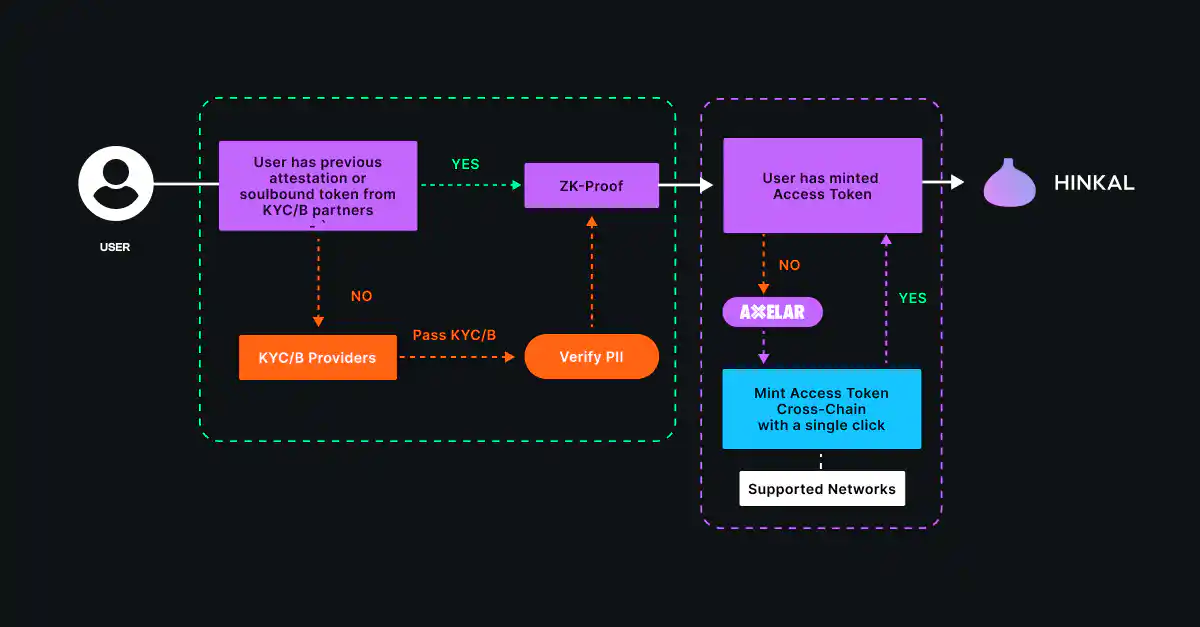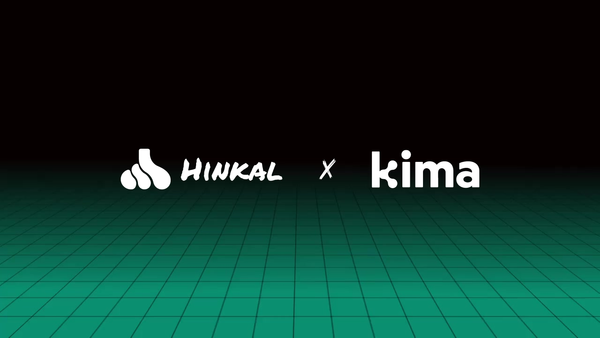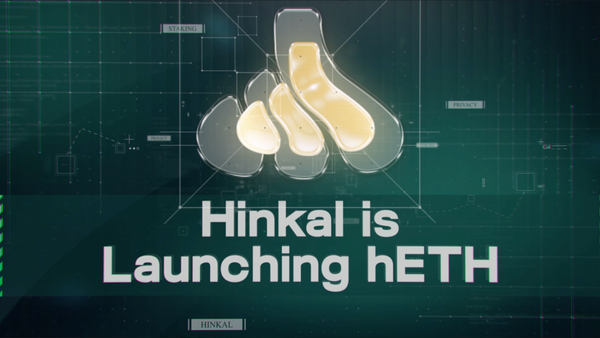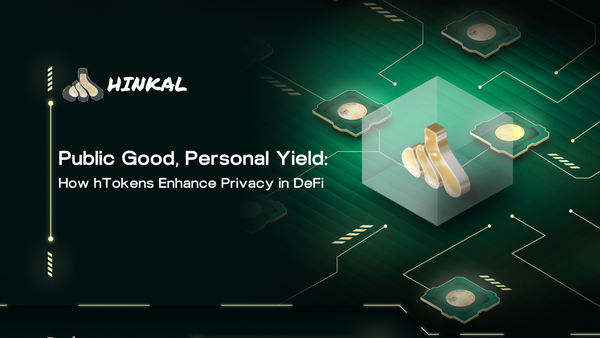Case Study: How Hinkal Users Mint Access Tokens Across Networks in 1 Transaction

This article was originally posted on Axelar Blog
Introduction
The DeFi ecosystem has grown substantially, with a variety of dApps offering a wide range of sophisticated digital asset services and products, including trading, yield farming and lending. However, mass adoption is impossible without institutions entering DeFi. This, in turn, relies on two fundamentals: privacy and compliance.
Liquid funds, VCs and other institutional entities are navigating complex regulatory environments before they decide to deploy capital on-chain. On top of that, their multichain operations may require an end-to-end private environment across networks and dApps, that offers protection against MEV attacks, copytrading and market judgment. This balance of privacy, regulatory adherence and sophisticated trading experience, tailored to the needs of institutional investors, is crucial for the legitimate expansion of DeFi.
Hinkal is one of the novel use cases that enables mass DeFi adoption: it facilitates private trading & yield farming strategies on EVM chains without sacrificing security and compliance. It allows liquid funds and retail users to create private accounts and transact on their favorite dApps confidentially, while at the same time ensuring that the privacy pool remains clean by implementing on-chain KYC/B measures.
In this article, we are going to explore how Hinkal utilizes Axelar network to make this process convenient and UX-friendly, using cross-chain Access Tokens.
How does Hinkal create a secure digital asset environment?
Hinkal is designed to prevent illicit parties from accessing its services. Before using Hinkal’s functions, all users must mint an Access Token, obtainable after passing privacy-preserving KYC/B.
Although users’ personal information is required for the KYC/B process to be completed, Hinkal’s approach completely detaches Personal Identifiable Information (PII) from the wallet address. The information is stored fragmentally as Hinkal and the KYC/B providers' only information exchange is a zero-knowledge (ZK) proof that proves the user has been verified.
Hinkal’s smart contracts require an Access Token to be minted per network (currently Ethereum, Arbitrum, Optimism, Polygon, Avalanche and BNB Chain). When a user connects their wallet and generates their shielded account, Hinkal checks if they have already passed KYC/B and minted an Access Token on that network.
If the user has already passed the process through one of Hinkal’s KYC/B partners, no additional verification is required. The user can directly mint the Access Token
In case no token is detected in the connected wallet, the user will need to mint one before depositing, by going through the verification process with one of the KYC/B partners. After the process is complete the user can mint their Access Token.
Optimizing Hinkal cross-chain Access Token minting with Axelar
Hinkal users are required to mint an Access Token for each network they intend to use. Without interoperability between networks, they would need to switch between networks and mint each Access Token separately, introducing friction and making the process counterintuitive.
This is where Axelar network’s secure cross-chain communication comes into play. Hinkal’s integration of Axelar network minimizes user friction and makes the onboarding process seamless. Users are able to mint all/some of the Access Tokens across networks with a single transaction, initiated from their preferred chain. This is how Hinkal achieves this: 1. The mintTokenCrossChain function takes an array of AxelarNetworkSelection objects as input.
2. It checks for the availability of a Hinkal object and throws an error if it's missing.
3. It filters the input array to include only selected network selections with different chainId values from the current chain.
4. For each selected network, it retrieves Axelar migration information using a function called getAxelarMigrationInfo.
5. It filters out any undefined migration information.
6. Finally, it calls a method named mintHinkalAccessTokenCrossChain on the Hinkal object, passing signature data and the filtered migration information.

This eliminates the need for manually changing networks to initiate the minting process for each network individually. At the same time, it allows users to take advantage of lower gas fees on L2 networks.
Conclusion
The integration of Hinkal and Axelar network is a big advancement in private and compliant DeFi, enabling Hinkal users to mint Access Tokens across networks with a single transaction. This integration enhances Hinkal’s KYC/B process, reduces costs and significantly improves the overall user experience.
This use case is a great example of how cross-chain functionality and great user experience pave the way for broad DeFi (including institutional) adoption. Being an EVM-compatible privacy layer with an ambitious roadmap, Hinkal will be deployed on tens of networks in the next couple of years, aiming to become a category-defining dApp in the digital asset privacy space.




